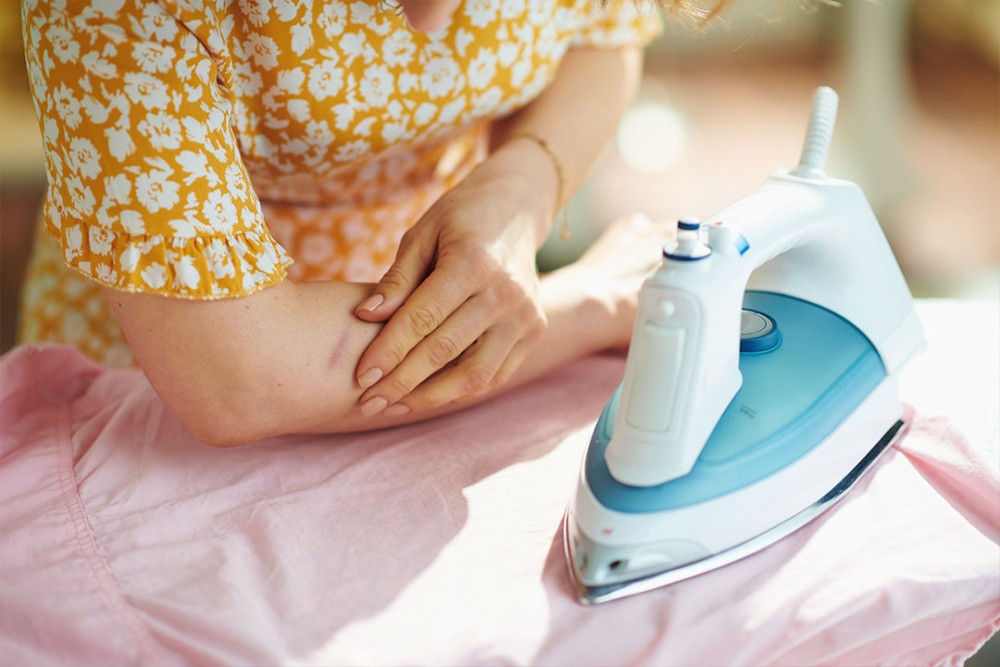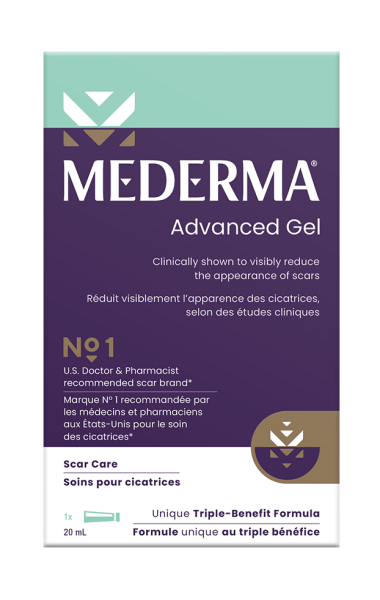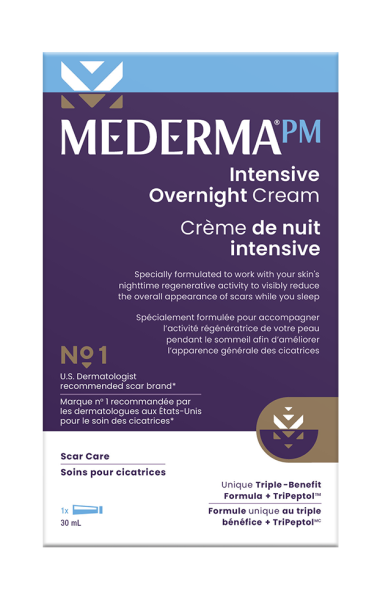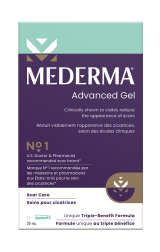The skin is the largest organ of your body as well as the one most exposed to the environment. These are two reasons why it is more than likely that, at some point in your life, you will expose it to either intense heat, UV rays or chemicals – that can cause burns, sunburn and scarring as a result of these. Burn scars can be different from other scars.
- Burns are classified by degrees of severity
- Second- and third-degree burns can leave burn scars
- Burn scarring can even affect mobility of joints
- Take good care of your skin to prevent sunburn
Contents:
- How do I get burn scars?
- How are burn scars different from other scars?
- Sunburns scars
- Sunburn care – tips and facts
How do I get burn scars?
As your skin is the most exposed organ of your body, burns are fairly common. Burn injuries are classified into 3 groups by degrees:
- first-degree burns,
- second-degree burns
- third-degree burns.
The higher the degree, the more serious the burn. Depending how serious the burn is you may need to visit a doctor or A&E.
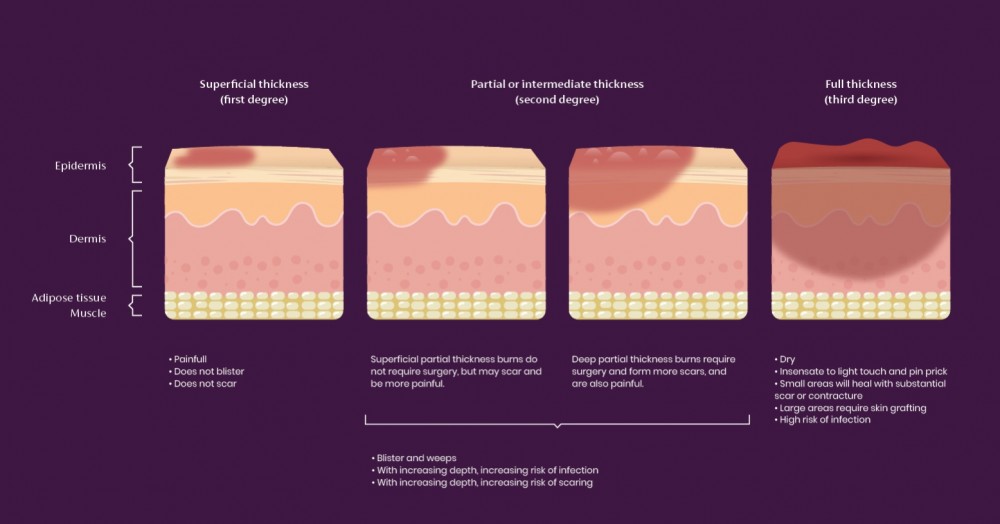
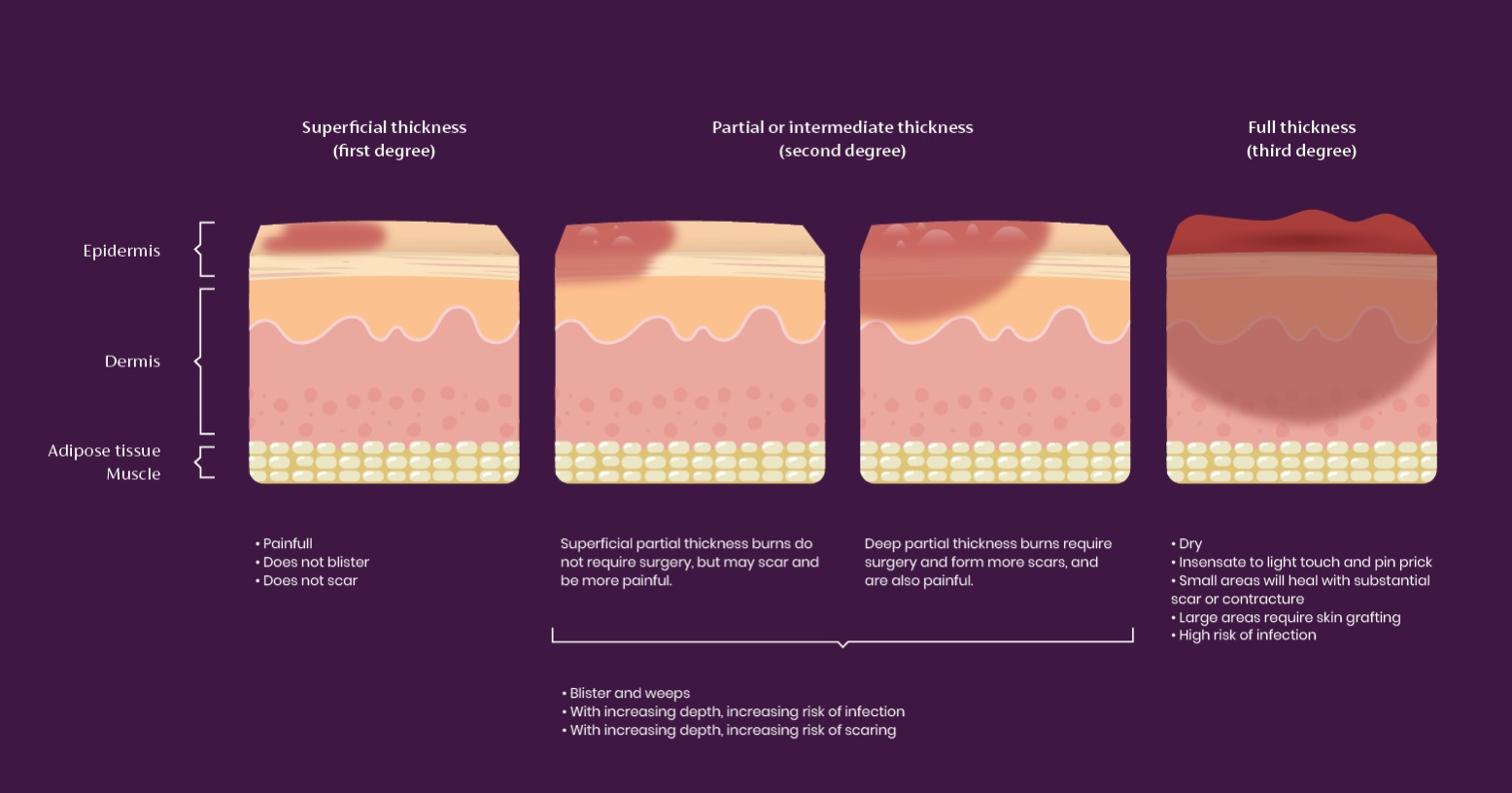
First-degree burns are not likely to leave any scar on your skin since they only affect the epidermis. On the other hand, second- and third-degree burns affect the dermis, thereby increasing the chances of scarring [1–3].
Therefore, it is important that your burned skin is properly taken care of as quickly as possible. Your doctor or nurse may elect to apply special burn creams or ointments and appropriate dressings [4].
With severe burns, it is not possible to fully prevent burn scar formation, as burn wounds tend to form hypertrophic or keloid scars [5]. If the burn has occurred in an area subjected to tension, such as joints, it can cause what are called contracture scars that could result in movement limitation [6,7].
